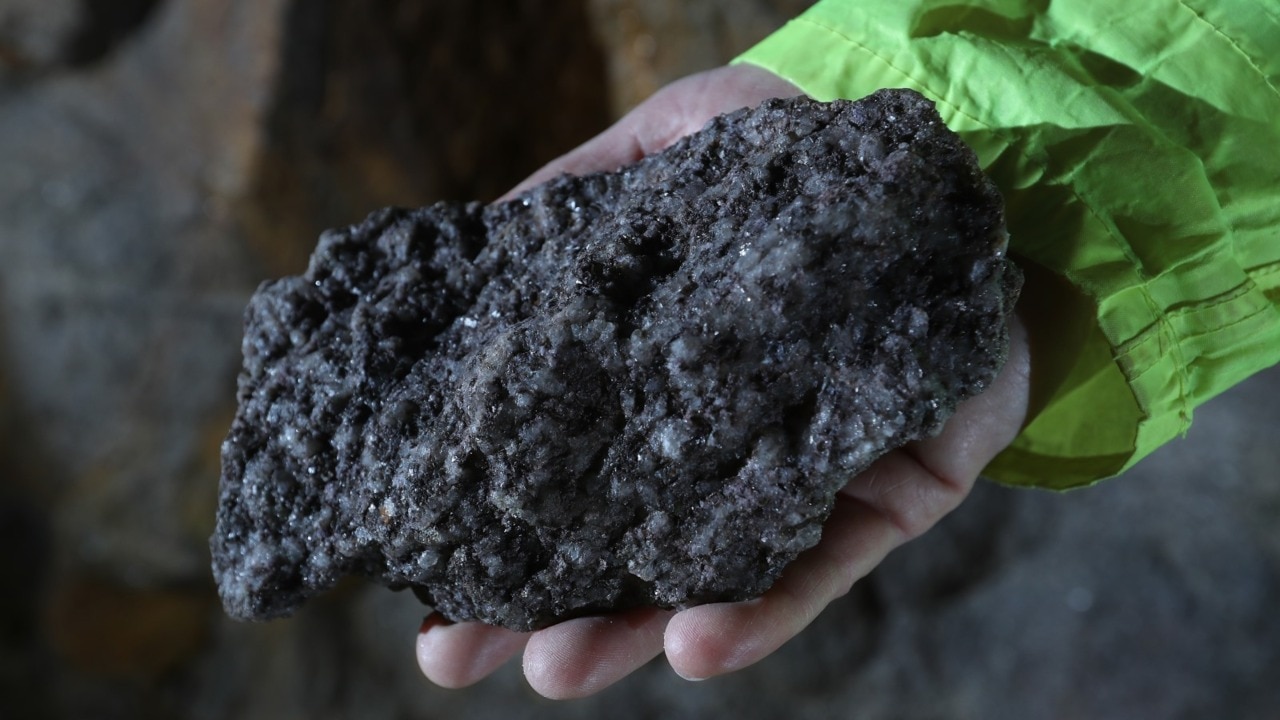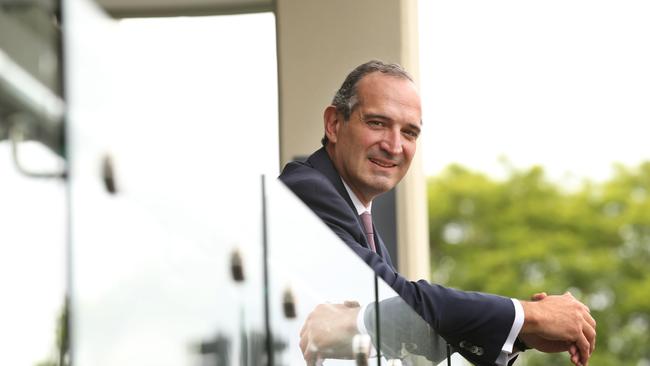Allkem’s friendly $15.7bn merger with Livent spurs a jump in listed lithium hopefuls
Shares in Australian lithium producers and hopefuls jumped on Thursday over expectations the wave of consolidation in the sector would continue.

The $15.7bn merger between Allkem and Livent has raised the stakes in the lithium consolidation race, signalling a push to challenge the downstream dominance of the sector’s majors.
Shares in Australian lithium producers and hopefuls such as Pilbara Minerals, Liontown Resources, Core Lithium, Global Lithium and Essential Metals jumped on Thursday amid market expectations this year’s wave of consolidation in the sector would continue.
While doubts endure around the short and medium-term lithium price, Allkem and Livent made it clear this week their merger of equals – more than two years in the making – was a push to bulk up, both to meet demands from lithium buyers for scale from primary producers and to compete with the majors such as Albemarle and SQM that have traditionally dominated global lithium markets.
Both Albemarle and SQM have made it clear they are on the hunt for new lithium assets to maintain their market share, with Albemarle the most recent to move through its $5.5bn bid for Liontown.
Livent boss Paul Graves told The Australian the merger was not a defensive move by either company, but instead was driven by a desire to bulk up not just production from both companies’ projects, but also their combined capabilities and growth opportunities.
The two companies said their combined plans should deliver production capacity of 248,000 tonnes of lithium carbonate equivalent by 2027 – making it the third largest producer in the world behind Albemarle and SQM, and ahead of China’s Ganfeng, assuming none of its rivals grow their own production base further.
Critically, Mr Graves said the plans of both companies to grow their output of battery and chemical-grade lithium were a key part of the rationale for the merger.
“It’s critically important that we have sufficient scale for customers. Do we need to continue to get bigger and bigger and bigger? The answer is probably yes,” he said.
“But it’s important to understand being big because you’re spitting lithium concentrate out is not what customers want. You’ve got to be in carbonate or hydroxide, and increasingly in metal.

“So you’ve got to have a fully integrated approach to this. Just buying a resource is not going to get you where you need to be with the customers.”
Allkem managing director Martin Perez de Solay noted that, while automakers such as GM and Ford had made noise about signing deals with lithium producers to secure future supplies, the destination for most cargoes was still chemical specialists further down the supply chain for the end users.
“Vertical integration is particularly important because we think in this market you have to be a meaningful supplier,” he said.
“There’s not going to be a lot of final buyers, maybe 10 to 15, so it’s not going to be a widely spread market.
“So concentration to make up a large amount of the market makes a lot of sense, and that’s what motivated this merger.”
Chris Ellison’s Mineral Resources has outlined an aggressive approach to moving downstream in its own lithium development plans. It would reduce the volumes of its lithium concentrate for sale in favour of toll processing agreements with its partners, developing the capability to market the downstream product for itself as the company draws up plans to build its own lithium refineries.
Similarly, Rio Tinto boss Jakob Stausholm has indicated the company has no desire to use its lithium assets to simply produce raw materials for others to refine.
Mr Graves said the scale given by Livent’s combination with Allkem would give the combined business better access to the capital and technical skills needed to continue to grow their downstream end of the business.
The pair have a current combined production capacity of about 90,000 tonnes of lithium carbonate equivalent, well short of the 248,000 tonne capacity target.
But the clear signal of an intent to challenge the downstream oligopoly of the existing majors suggests a response from the sector’s dominant players, spurring a jump in the share price of other potential takeover targets among lithium hopefuls.
In a research note on Albemarle on Thursday, Jeffries analyst Lawrence Alexander pointed to the strength of the company’s own internal growth profile and stated desire to protect its balance sheet.

But Mr Alexander said Albemarle’s need to maintain its competitive advantage flowing from its vertical integration and chemical expertise could also see it actively looking for further acquisitions, despite the company having gone quiet on whether it would improve its $2.50-a-share offer for Liontown.
“The proposed merger between Allkem and Livent likely moves the probability of a $3-a-share bid for Liontown to greater than 50 per cent, particularly if Albemarle is focused on integrated economics and opportunity cost,” he said.
RBC Capital Markets analyst Kaan Peker noted that the friendly merger could spark a counter proposal from a rival lithium producer, given the recent activity elsewhere in Argentina’s so-called “lithium triangle”, including Rio Tinto’s acquisition of the Rincon project and Zijin’s 2021 buyout of Neo Lithium.
“We think today’s merger announcement could provide more impetus for a possible outside bid. Furthermore, over the recent months, we have seen corporate action in the sector increase with Albemarle’s recent failed attempts to acquire Liontown,” he said in a client note.
“Today’s merger will likely further increase the focus on sector consolidation.”
Mr Graves hinted that the combined company could be on the hunt for more WA lithium projects, given the limited mine life remaining in Allkem’s Mt Cattlin mine in the state, saying Livent had posted a business development executive to Perth to scout for opportunities ahead of its agreement with Allkem.
Under the Allkem and Livent merger proposal, Allkem’s shareholders would emerge with 55 per cent of the combined company, which would have a primary listing in the US but continue to trade through CHESS depository interests on the Australian bourse.
Allkem shares closed up $2.04 on Thursday, or 15.8 per cent, to $14.95.
Core Lithium gained 9c, or 8.8 per cent to $1.11, Global Lithium was up 11.7 per cent to $1.72, Liontown up 5c to $2.94 and Pilbara Minerals up 26c, or 5.7 per cent, to $4.81.




